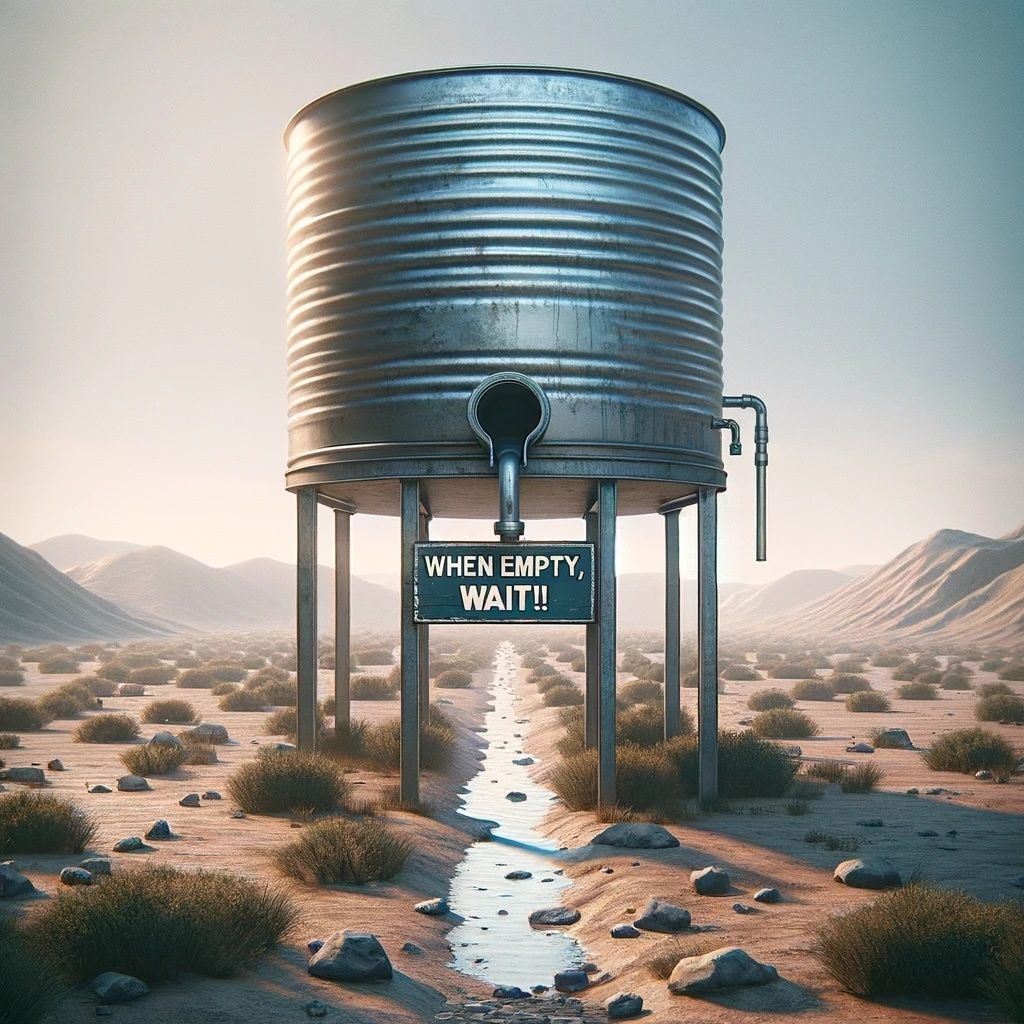- Brainthrough
- Posts
- 🏃The stuff that gets you going - Dopamine 101
🏃The stuff that gets you going - Dopamine 101
The only cycle you need to internalize: the dopamine powered prediction-error-cycle.
Thursday comes after the Monday blues
Welcome back to Thursday. I love Thursday, it’s away from the Monday blues, motivating to get stuff out of the way knowing that the weekend is coming soon.
Oh, talking about blues: Have you ever felt the “post weekend blues” or the “post travel blues” or even the “post a night out partying with your friends blues”?
Guess what, there is a reason for that.
Let’s talk about dopamine today, shall we?
What is dopamine?
Dopamine was discovered in the 1950s. Dopamine is the precursor for adrenaline. Interestingly, when dopamine is in the brain it is called epinephrine.
But we keep it simple for today and stick with dopamine.
As we know from our adventure into anticipation (if you haven’t read, here is the link), for every activity dopamine is required to get us into action.
Soon, we find out how.
Dopamine is a neuromodulator, which basically means it changes the ability (modulate) of other cells to process electrical signals and hence its activity. And yes, many signals in your brain are ⚡, so dopamine found its spot.
I will not go into depth of where in the brain, dopamine is released and why. If you would like to know more about that, go to this specific Andrew Huberman podcast about dopamine (timestamped link). It does play a big role in our prefrontal cortex (the part behind your forehead, responsible for thinking, reasoning, focusing, making choices etc.).
Dopamine is essential for the prediction-error-circuit. Remember, the systems that help us learn through anticipatory processes?
Slowly, but surely, we are connecting the dots. ;-)
Dopamine cycle (prediction-error-circuit)
Dopamine levels in our body are not stable. They fluctuate with time.
We do have a dopamine pool or reservoir. The pool can fill up, the pool can be emptied.
When we initiate an activity, dopamine rises in anticipation and activates certain brain areas, e.g. for movement and speech. Then it drops until we receive the reward.
When we receive our reward, dopamine will rise further and then fall (loved the reward) or fall (hated the reward) below the average levels. We experience a dopamine deficit compared to our average. From here, it takes time to get back up to your average dopamine levels.
If the reward is as expected the dopamine peak is small and comes back to baseline levels.

The difference between dopamine release and dopamine average
We can compare the dopamine system as to a car engine:
You have your average dopamine baseline - the full tank of fuel.
A dopamine release gets you wanting and into motion through bursts of dopamine in the brain - putting your foot on the gas pedal releases fuel into the cylinders where it fires up.
The release of dopamine creates a below-average dopamine in your dopamine pool - the fuel levels of the gas tank decrease.
Pursuing the anticipated reward will release more dopamine in short bursts, which creates more activity, but the average dopamine level in your fuel tank will drop. Press harder on the gas pedal, the car will accelerate quicker, which is quite an exciting feeling, but your fuel tank levels will drop.
Releasing more dopamine at once (e.g. going to a concert of your favourite band, and you really loved it or getting married) means a more excited feeling for the initial time, but a faster depletion of your dopamine levels, and it will take longer to get back to your average.
If you go full on your gas pedal, let the car slow down, then full on the gas pedal, your fuel efficiency will decrease, and your tank will empty faster. I agree, depending on your car, it might be a pretty exciting feeling. ;-)
But it can only last so long.
Empty tanks
To get dopamine levels back to normal levels, you need to wait - literally wait at the gas station, so the tank fills up again.
If you deplete your dopamine faster than you can restore your pool, you won’t be able to activate your dopamine system as easily, and it will become much harder or for some people impossible to do things.
If you don’t have fuel, you cannot drive.

It is not relevant, whether you enter short bursts of dopamine or longer intense bursts (that concert or weekend with friends skiing), that dopamine low will come.
When? It depends on the extent of the dopamine high.
And it’s natural.
Trying to force dopamine levels to rise through additional dopamine-induced actions (dopamine stacking) will just worsen it.
Jocko’s learning
To finish up for today let me quote Jocko Willink (ex-navy seal, author, podcaster, jiu-jitsu black belt):
”I have a lot of people asking me: ‘Jocko, I get fired up to do stuff, but then I actually don’t do it.’ You know that’s a common thing for humans. I can kinda track that a little bit. (…)
Writing a book, I have written a bunch of books, (…) you are not hyped to write a book, [the motivation really] lasts only for like seven minutes of typing, then it is just gonna suck and that is the way it is. (…)
If you are aware of the fact, that “oh, this is my dopamine crash and I should not anticipate continued hype through this situation”, I need to push through it. That’s good awareness to have.”
Reply